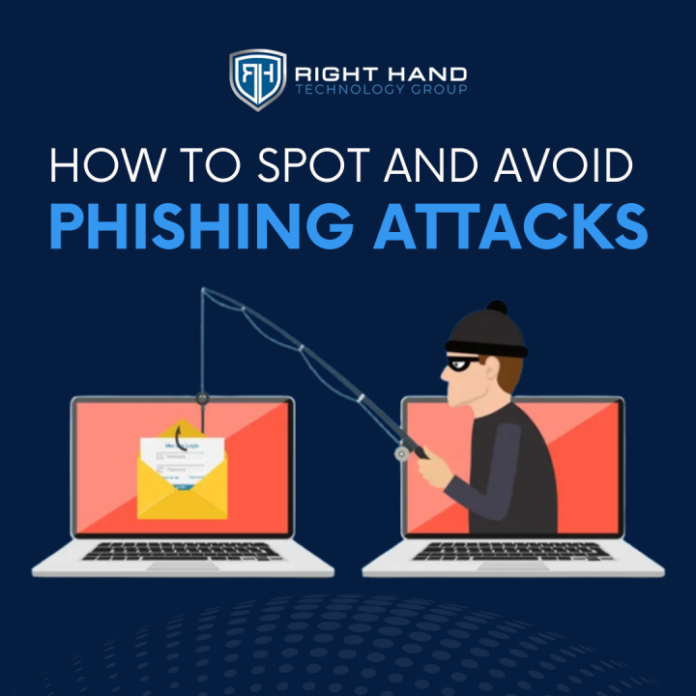The internet has Phishing Attacks the way we live, work, and communicate, but with these advancements come new risks. Online scams and phishing attacks are on the rise, targeting unsuspecting individuals every day. Staying informed and vigilant is crucial in protecting yourself from these cyber threats.
Understanding Online Scams
Definition of Online Scams
Online scams are fraudulent schemes conducted over the internet. Scammers use deceptive tactics to steal personal information, money, or both from their victims. These scams can take many forms, making it essential to understand the various methods used by cybercriminals.
Common Types of Online Scams
From phishing emails to fake online stores, scammers are constantly devising new ways to deceive. Understanding these common types can help you spot them more easily:
- Phishing
- Tech Support Scams
- Lottery Scams
- Job Offer Scams
- Social Media Scams
Phishing Attacks: A Closer Look
What is Phishing?
Phishing is a type of online scam where attackers pose as legitimate entities to trick you into revealing sensitive information. This could be anything from login credentials to credit card numbers.
How Phishing Attacks Work
Typically, a phishing attack starts with a deceptive email or message that appears to be from a trusted source. It urges the recipient to click a link or download an attachment, which then leads to a fake website designed to steal information.
Types of Phishing Attacks
- Email Phishing: The most common form, where attackers send emails mimicking reputable companies.
- Spear Phishing: A more targeted approach, where the scammer tailors the attack to a specific individual or organization.
- Whaling: High-profile phishing targeting senior executives.
- Smishing: Phishing via SMS messages.
- Vishing: Voice phishing over the phone.
Common Online Scams to Watch Out For
Email Scams
Scammers send emails that appear to be from reputable sources, asking you to provide personal information or click on a malicious link.
Social Media Scams
Fake profiles and pages are used to trick users into sharing personal details or transferring money.
Online Shopping Scams
Scammers set up fake online stores offering goods at unbelievably low prices to steal your payment information.
Tech Support Scams
You receive a call or pop-up message claiming your computer is infected with a virus, and the scammer offers to fix it for a fee.
Lottery and Prize Scams
You’re told you’ve won a prize or lottery you never entered, but you need to pay a fee to claim it.
Job Offer Scams
Scammers post fake job listings or send unsolicited job offers to collect your personal information or charge you for supposed application fees.
Recognizing Phishing Attempts
Suspicious Email Characteristics
Phishing emails often have generic greetings, urgent language, and requests for personal information. Look out for poor grammar and spelling errors, which are common in scam emails.
Fake Website Indicators
Check the URL closely. Phishing websites often have slight misspellings or extra characters. Ensure the website uses HTTPS and look for trust seals from reputable organizations.
Common Tactics Used by Scammers
Scammers use fear, urgency, and emotional manipulation to get you to act without thinking. They may claim your account has been compromised or that you owe money.
Preventative Measures
Strengthening Passwords
Use complex passwords that include a mix of letters, numbers, and special characters. Avoid using easily guessable information like birthdays or common words.
Enabling Two-Factor Authentication
Two-factor authentication (2FA) adds an extra layer of security by requiring a second form of verification, such as a code sent to your phone.
Regular Software Updates
Keep your operating system and software up to date to protect against vulnerabilities that scammers can exploit.
Using Reliable Security Software
Install and maintain reputable antivirus and anti-malware software to detect and prevent threats.
Best Practices for Online Safety
Verifying Sources
Before clicking on links or providing information, verify the source. Contact the organization directly using a known and trusted method.
Avoiding Suspicious Links and Attachments
Do not click on links or download attachments from unknown or suspicious sources.
Being Cautious with Personal Information
Be mindful of the personal information you share online. Scammers can use seemingly innocuous details to build a profile and target you.
Educating Yourself and Others
Stay informed about the latest scams and phishing tactics. Share this knowledge with friends and family to help protect them as well.
What to Do If You Suspect a Scam
Immediate Actions to Take
If you suspect you’ve been targeted, stop all communication with the scammer. Do not provide any further information or make any payments.
Reporting the Scam
Report the scam to the appropriate authorities, such as the Federal Trade Commission (FTC) or your country’s equivalent.
Recovering from a Scam
Change any compromised passwords immediately. Monitor your financial accounts for unauthorized transactions and consider placing a fraud alert on your credit reports.
Conclusion
Online scams and phishing attacks are constantly evolving, but by staying informed and vigilant, you can protect yourself. Remember to verify sources, use strong passwords, and educate yourself about the latest threats. Stay safe online!
